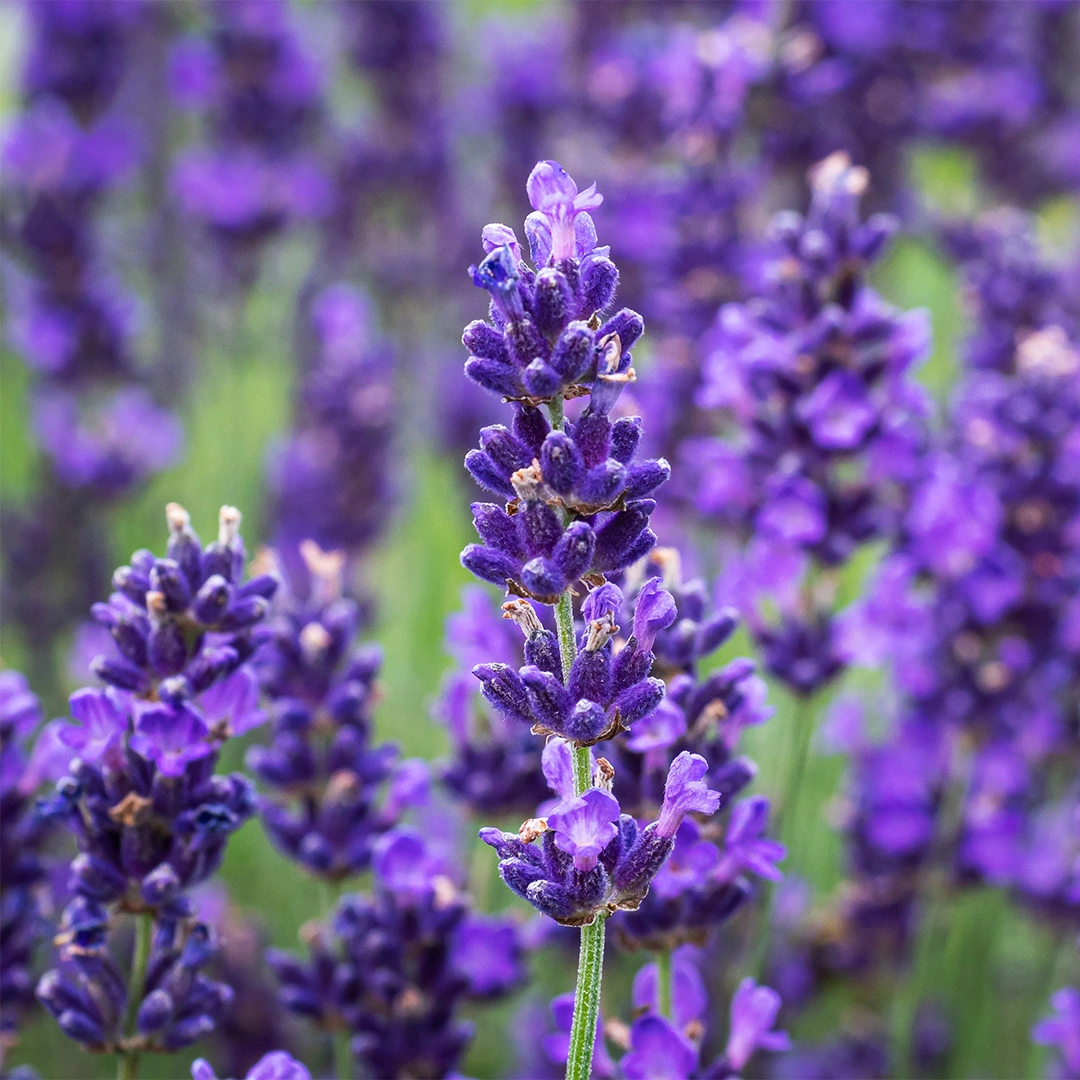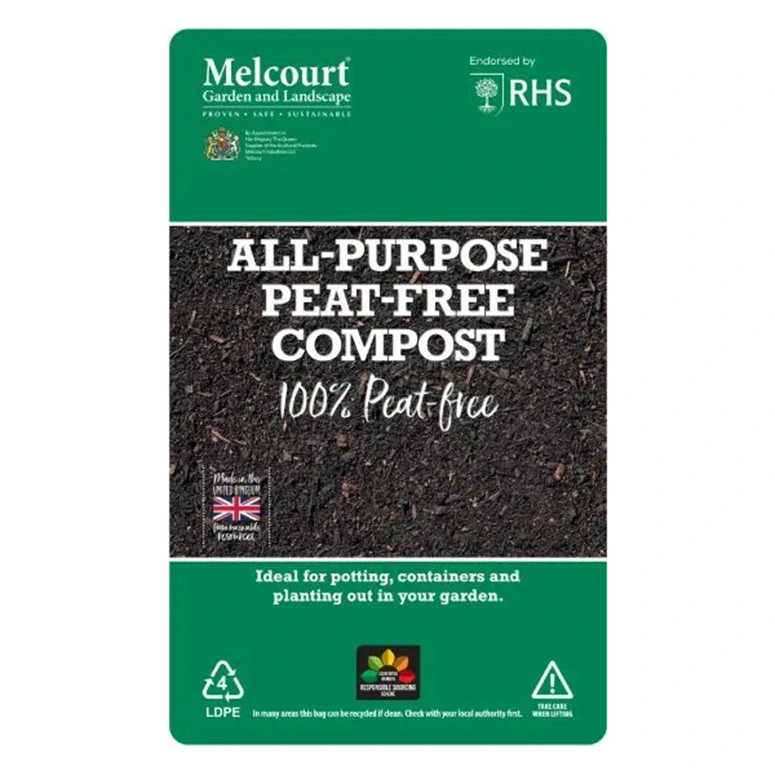Buy Plants Online With Delivery Throughout London
Welcome to Boma Garden Centre’s Online Shop – your trusted destination for high-quality plants, garden accessories, and planters in North London. Explore our curated range of indoor and outdoor plants, handmade seasonal planters, and gardening essentials.
Why Shop with Boma?
As a local family business in Kentish Town, we pride ourselves on expert horticultural advice, sustainable gardening practices, and personal service. We deliver across all London M25 postcodes with Free Delivery on eligible orders. Find Out More.
Our Plant Collections
Special Offers
Why shop with Boma? |
||||
London’s hidden gem, a plant paradise in the heart of the city
|
All the outdoor plants, perennials, roses and shrubs you need for a stunning patio or garden
|
London’s finest botanical collection of houseplants
|
A superb range of seasonal flowering plants for year-round colour
|
London’s finest collection of plant pots, planters, window boxes & containers
|
A one-stop shop for all your plant and gardening essentials
|
Expert horticultural advice from a team of specialists
|
London’s favourite garden centre with excellent customer service
|
Delivering throughout the M25 with Free Delivery on eligible orders*
|
Join Boma Rewards with massive savings on plants and gardening essentials
|




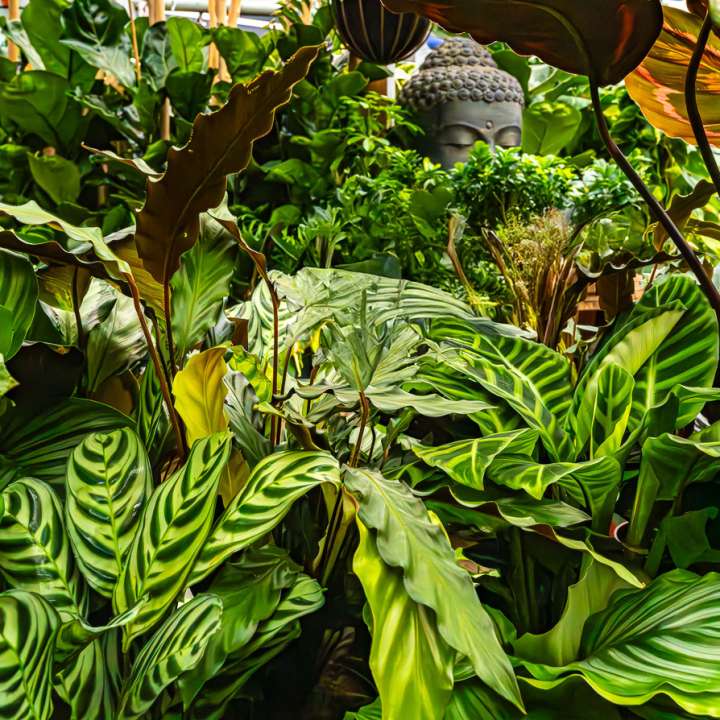


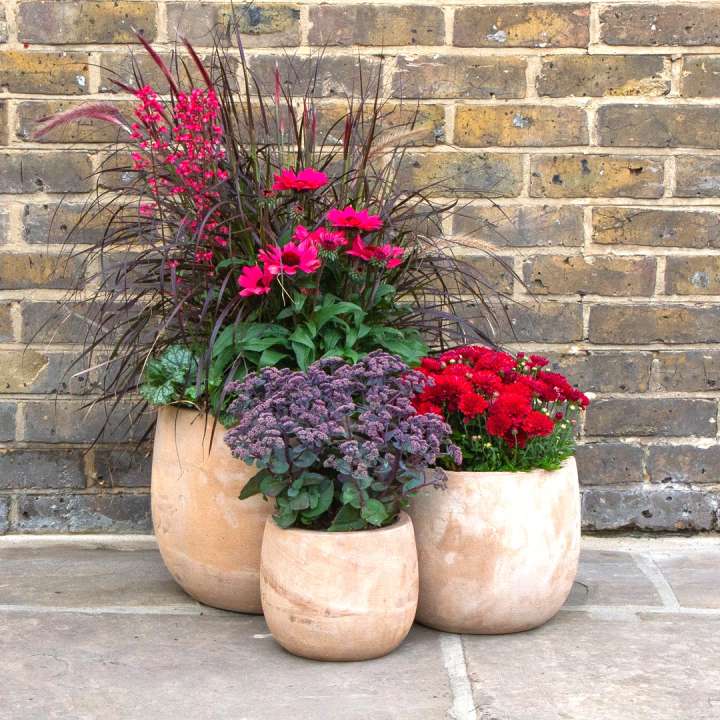
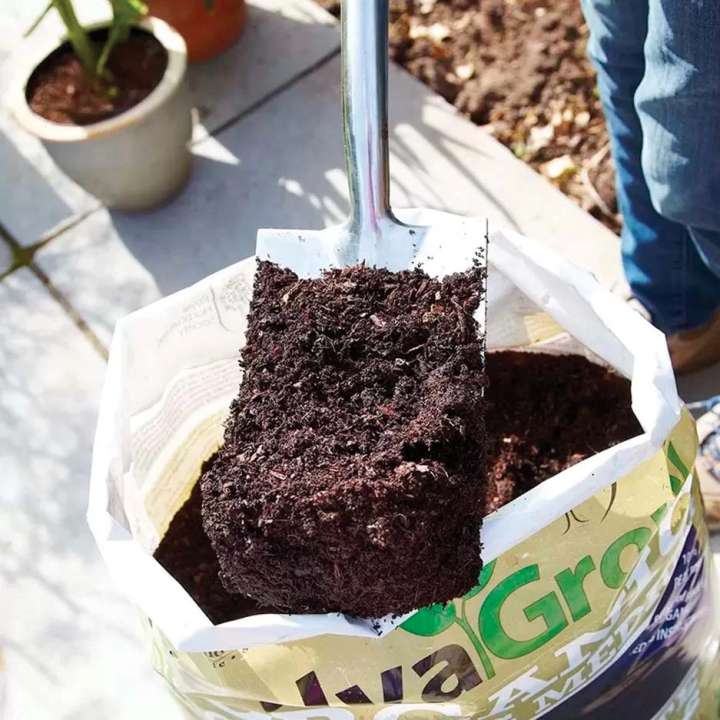
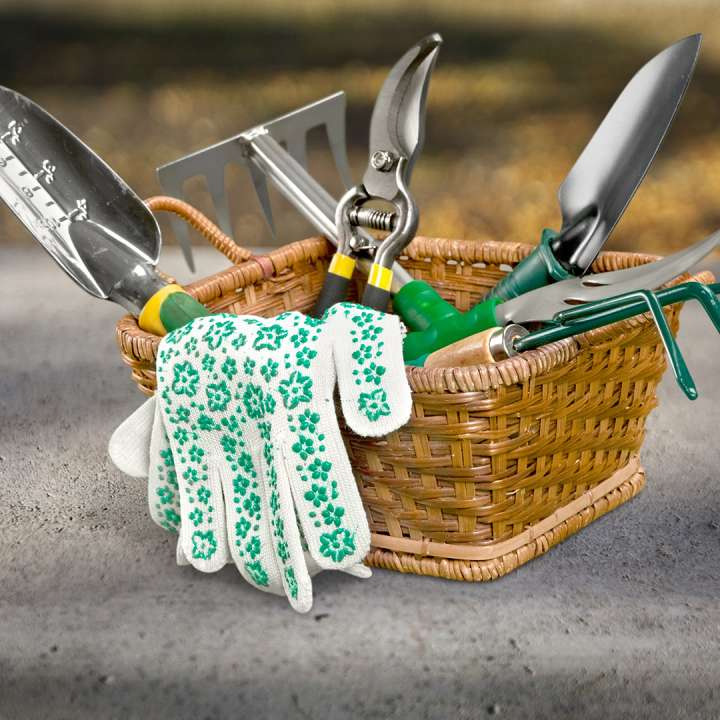
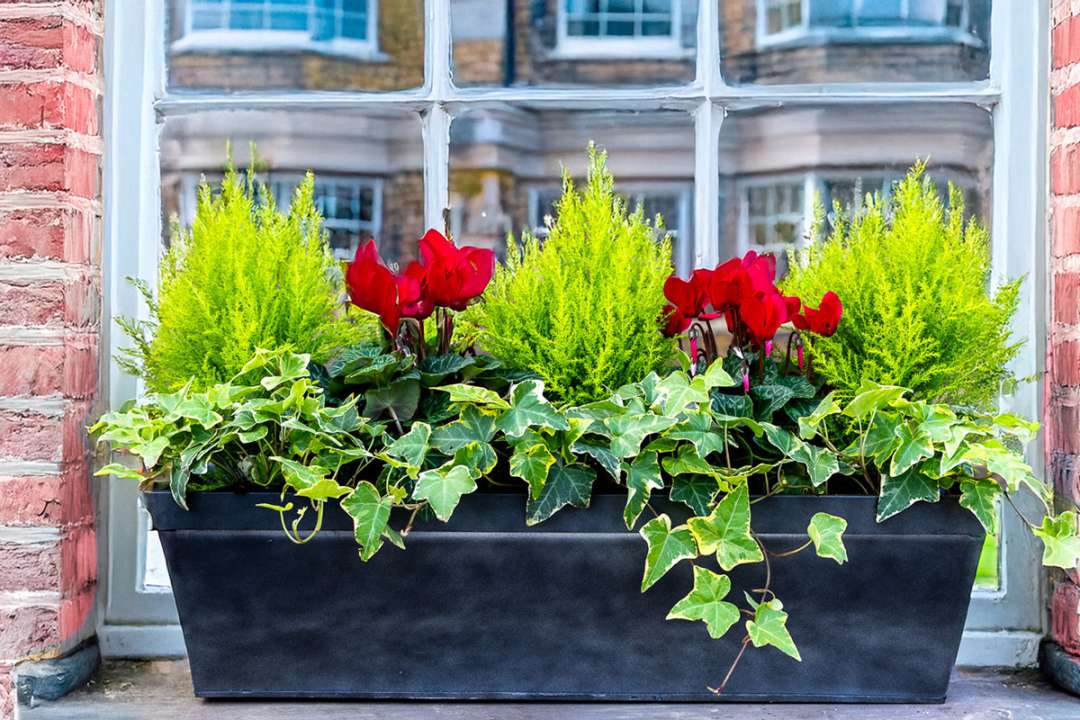
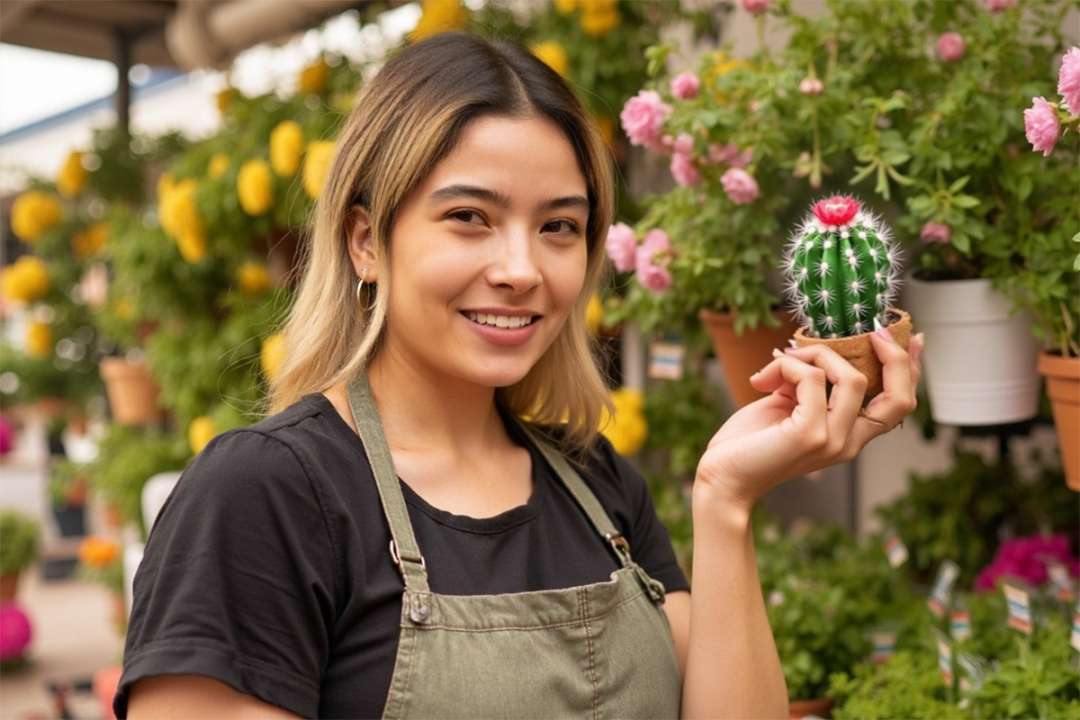
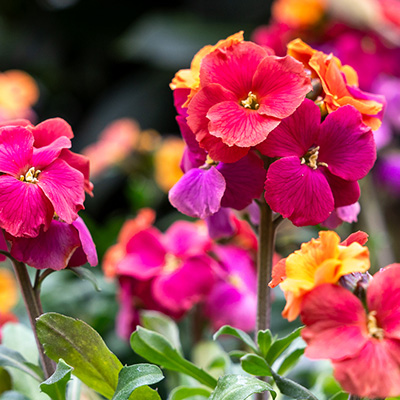
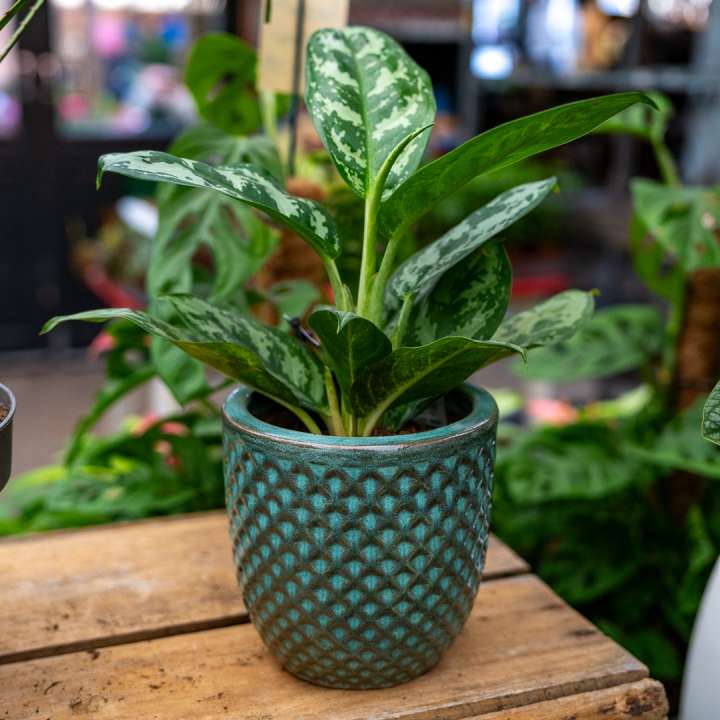
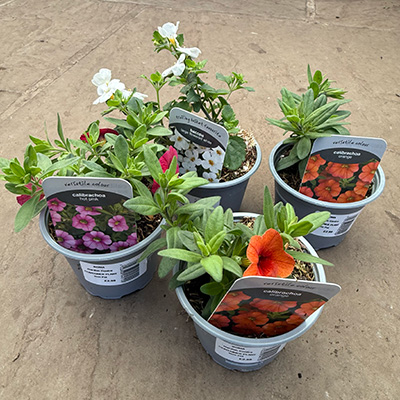
%20Pelargonium.jpg)
